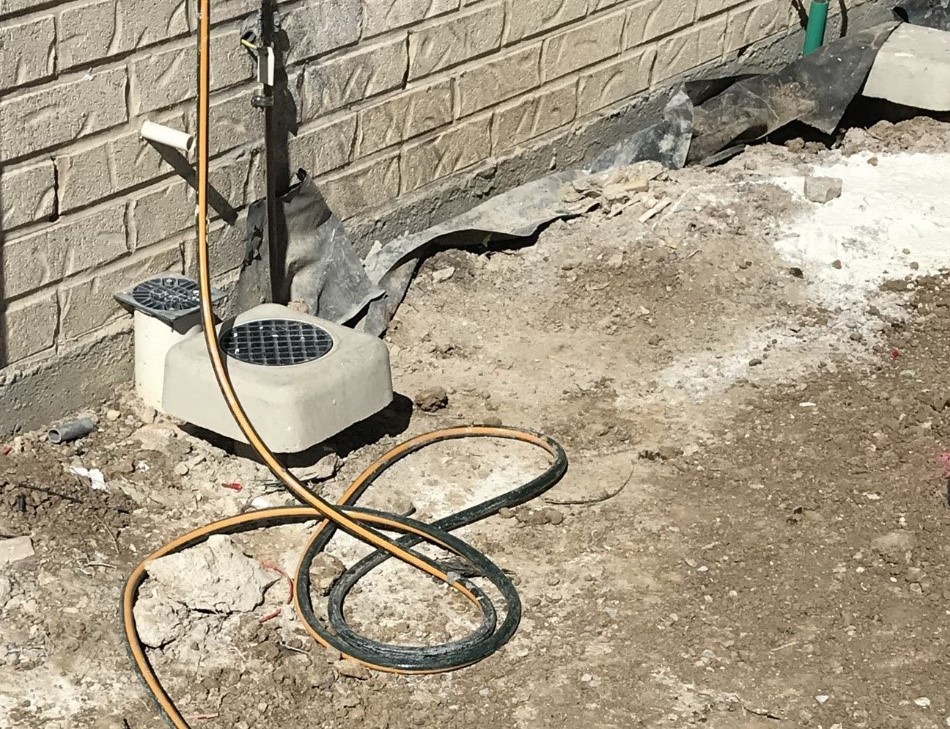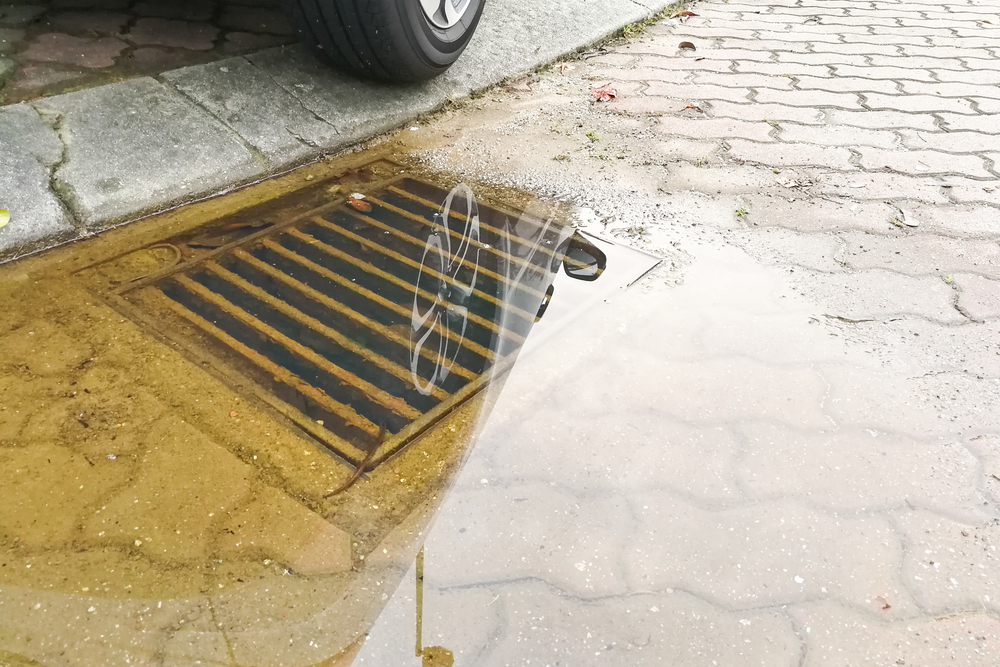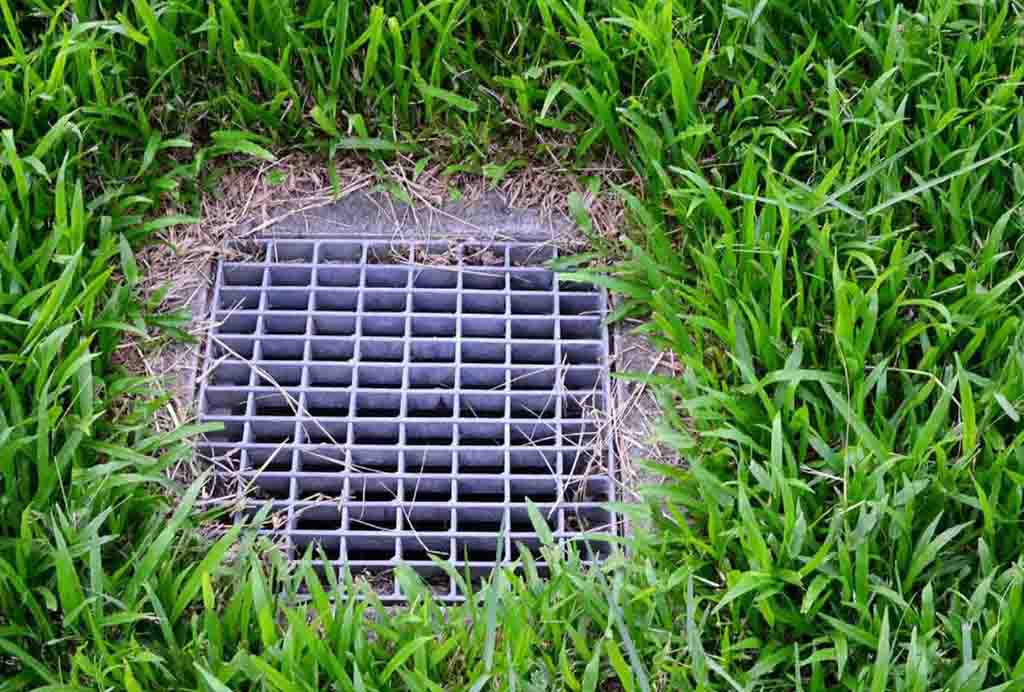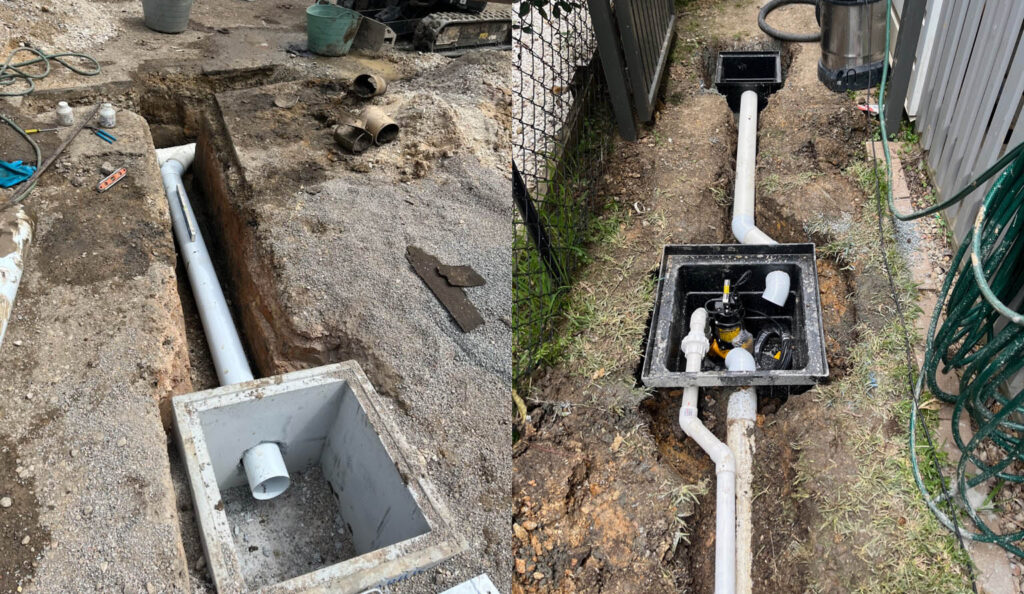Ask some people, and they’ll tell you that your household plumbing system is fairly simple: all those pipes & fittings, the drainage components, and the fixtures – your sinks, toilets and taps. Ask another group of people though – let’s say the professional drainage plumbers who have seen and done it all – and they’re likely to tell you it’s more complicated than that. What, for instance, is the overflow relief gully – and why is it something you should bother knowing about?
That’s the subject of today’s deeper dive into the complex and ingenious domestic plumbing system that makes all of our lives so convenient and healthy at home.
Overflow relief gully drainage – What is it?
The simplest diagram would look something like this: your toilet (or sink or bathtub) on one end. The waste entering the pipe system when you flush. The pipes leading all the way to the sewer drain. And in the middle? The overflow relief drain gully.
It’s not difficult to locate. It will be a drain-like fitting – normally plastic – situated just outside your home and normally close to the main bathroom somewhere. It’s easy to mistake for a stormwater drain, but it’s not – but it still plays a crucial role in the efficient flow of water and wastes out of your home and into your sewage system. A lot of the time, what seems to be a blockage elsewhere in your plumbing pipe network is actually a blockage of the overflow relief gully. That’s because it’s proper gully drainage that enables your waste to flow away from your property and into the community or local sewage system.
How does gully drainage work exactly?
The overflow relief gully greatly reduces the risk of water waste and stinky, unhealthy sewage backing up within your property and having nowhere else to go but back up and out where it came from – or another drain. When the waste flow is disturbed, or in the event of a total sewer blockage, the grate is designed to pop off, release the pressure and get any ‘overflow’ away from your home.
Hopefully, we’ve answered the question of what an overflow relief gully is. Now that you know, it’s the perfect time to locate yours to make sure it’s in tip-top shape – because an overflow relief gully blocked with debris is going to eventually cause you problems:
1. Check the gully drain
Can you see gunk, debris or other accumulated ‘stuff’ inside your relief gully? It’s common for debris to find its way in, so see if you can scoop it out.
2. Use hot water
The easiest way to do your bit to prevent an overflow relief fully blockage is to pour some nearly-boiling water down there with some white vinegar.
3. Check the landscaping
All too often, an overflow gully hits trouble when your garden or landscaping essentially covers it – preventing it from popping open, corroding it, or filling it with silt.
What else can you do to help your gully drainage?
You can also test the gully drain’s pop-off mechanism, ensure it has been installed at the correct level, and is not obstructed by any objects or garden features. Need help with your overflow relief gully? The go-to drain plumbers are Drain Masters Plumbing. It’s in our name, because we know everything there is to know about drains. We’ve provided fast and effective drain plumbing services in Tweed Heads and the Gold Coast too – so why not give the friendly team at Drain Masters Plumbing a call today?
Image Source: https://www.qbcc.qld.gov.au/resources/article/overflow-relief-gullies






